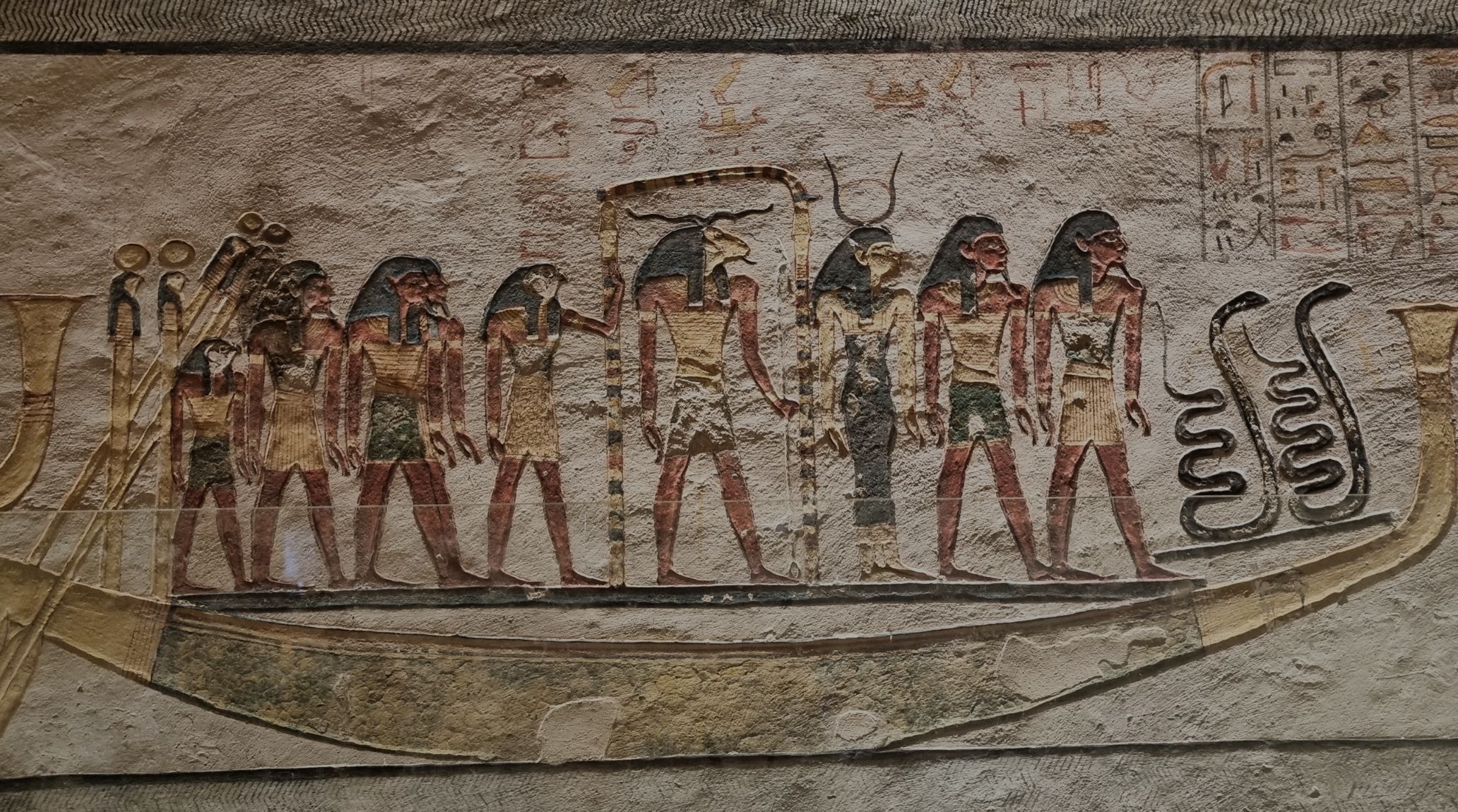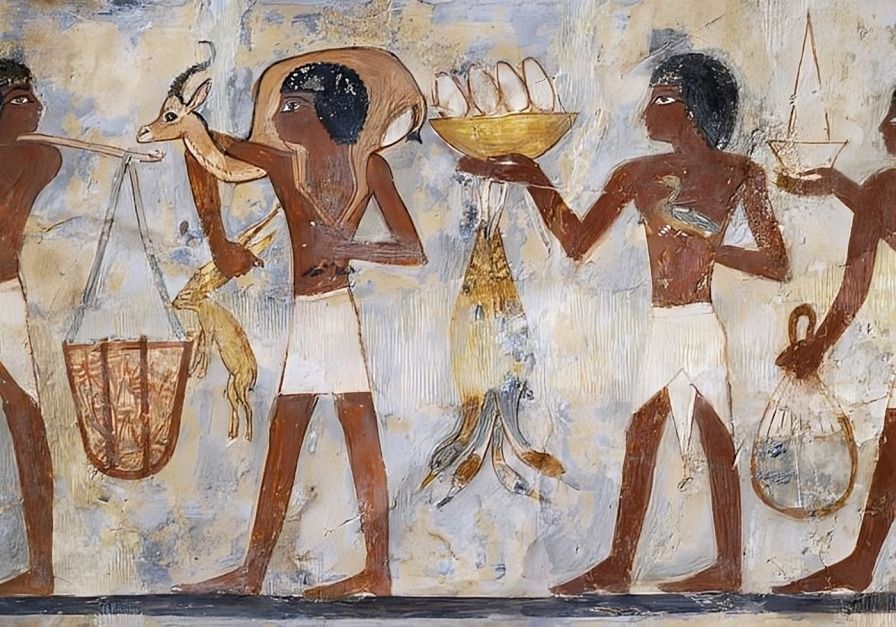
“
In the sands of time, ancient Egypt emerges as a beacon of civilization, renowned for its monumental pyramids and enigmatic pharaohs. In this exploration of "Commoners in Ancient Egypt," we delve into the everyday lives of those who formed the foundation of this remarkable civilization. 1
1
1
”
Commoners lived in simple houses made of mud bricks, known for their durability and insulation against the Egyptian climate. These homes typically featured flat roofs, with rooms arranged around a central courtyard that served as a gathering space for family activities. 1
Women in ancient Egypt have more rights compared to their counterparts in other ancient civilizations. They could own property, engage in business transactions independently, and even initiate divorce proceedings. 2
Egyptian families were tightly knit units that often included extended relatives living together. Marriage was a cornerstone of society, forming the foundation for family structure and inheritance practices that ensured continuity and stability across generations.3
In the hot Egyptian climate, both men and women favored clothing made from linen, a lightweight and breathable fabric. Men typically wore kilts, while women draped themselves in long, flowing dresses that provided comfort while navigating daily tasks. 4

Egyptian commoners participated actively in a bustling trade network that extended across the Mediterranean and into Africa. They exchanged grain, gold, pottery, and luxury goods, contributing to Egypt's economic prosperity and cultural exchange.
The Egyptian diet centered around staples like bread, beer, and a variety of vegetables and fruits cultivated along the fertile Nile banks. Meat, such as beef and fish, was reserved for special occasions and festivals, reflecting its value as a luxury food item. 5
Commoners engaged in a diverse range of professions essential to Egyptian society, including farming, pottery-making, weaving, carpentry, and construction. These skills were crucial for sustaining both local communities and the grand architectural projects of the pharaohs. 6
Education was accessible primarily to boys from affluent families, who attended schools to learn essential skills such as reading, writing, and mathematics. Scribes, trained in hieroglyphic writing, played a crucial role in administration and record-keeping.7
Ancient Egypt boasted a sophisticated healthcare system for its time, with physicians specializing in various medical treatments. Commoners relied on herbal remedies, surgical procedures, and magical incantations to treat ailments ranging from physical injuries to spiritual afflictions. 8
Religion permeated every aspect of daily life in ancient Egypt. Commoners practiced polytheism, worshiping numerous gods and goddesses associated with natural forces, fertility, and protection. Offerings and rituals sought to secure divine favor and ensure prosperity.9
Skilled artisans were highly respected for their craftsmanship, producing exquisite pottery, intricate jewellery, and finely crafted furniture. Their creations not only adorned households but also served as valuable trade goods exchanged within Egypt and beyond. 10
While commoners formed the majority of the population, Egyptian society was hierarchically structured. Nobles, priests, and officials wielded significant influence, shaping political decisions, religious practices, and social norms that governed daily life. 11
Egyptians celebrated a multitude of festivals throughout the year, dedicated to gods and goddesses associated with agriculture, fertility, and celestial events. These occasions were marked by lively music, spirited dancing, and communal feasting.12
Commoners prepared meticulously for the afterlife, burying their deceased with grave goods such as food, jewelry, and tools. These offerings were intended to sustain the departed in the next world and reflect beliefs in an eternal existence beyond death. 13
Hieroglyphic writing, practiced primarily by scribes, adorned temple walls and administrative documents. Commoners encountered these intricate symbols in religious contexts and official communications, underscoring the importance of literacy in ancient Egyptian society. 14
Along the fertile Nile River, commoners employed sophisticated irrigation techniques to cultivate essential crops like wheat, barley, and flax. These agricultural practices not only supported local economies but also sustained Egypt's burgeoning population. 15

Music played a vital role in everyday life, accompanying religious ceremonies, social gatherings, and festive celebrations. Instruments such as harps, flutes, and drums provided a rhythmic backdrop to communal activities, fostering cultural expression and unity.
Egyptians engaged in various forms of physical activity and leisure pursuits, including wrestling, swimming, and board games like Senet. These recreational activities promoted physical fitness, social interaction, and strategic thinking among commoners and nobility alike. 16
Both men and women adorned themselves with cosmetics such as eyeliner and fragrant perfumes, emphasizing personal grooming as a reflection of cleanliness and social status. These beauty practices underscored the importance of physical appearance in ancient Egyptian society. 17
The enduring legacy of ancient Egypt continues to captivate people worldwide, influencing art, architecture, and religious practices across centuries. Its rich cultural heritage serves as a testament to the ingenuity and resilience of one of history's most remarkable civilizations. 18


